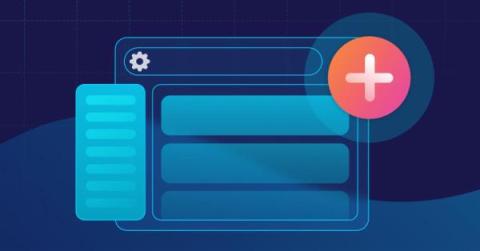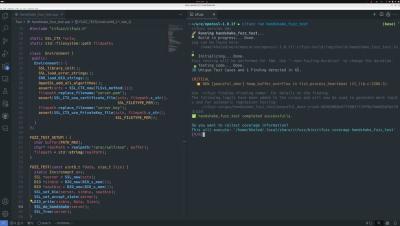CTI Roundup: SharpRhino RAT Threatens IT Admins, Phishers Leverage Google Drawings and WhatsApp Links
SharpRhino RAT threatens IT admins, ransomware gangs ramp up pressure on targets, and a new phishing scam leverages Google Drawings and WhatsApp links.










